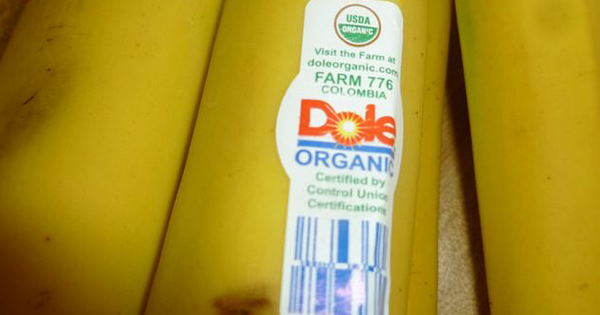Advertisement
When walking through the grocery store, most of us feel tempted to choose items with labels like “gluten-free” or “GMO-free.”
Picking these options over their supposedly less healthy counterparts makes most of us feel like we’re finally following a healthier lifestyle.
Even products that could never have been genetically engineered to start with, like regular salt, are being marketed at GMO-free.
But what do all these “healthy” labels really mean? If a company tells us they’re selling us something all-natural, what have they actually done to it?
It’s important to keep in mind that plenty of manufacturers can easily just slap these labels on their products with very little regulation from the U.S. Food and Drug Administration.
To help figure out which foods are truly right for you, here are just a few common labels—and what they really mean:
GMO-Free
Here’s the bad news about GMO-free foods: nearly all of these products are genetically modified to some degree. In fact, almost all corn and soybeans grown in the U.S. are genetically modified. As of 2013, the FDA has reviewed 96 GMO-free plants as part of the agency’s mission to ensure that all new products—genetically engineered or not—are safe. The FDA leaves it up to the companies to decide if they want to feature a GMO-free label or not. The good news is that most health experts say genetically modified foods are actually perfectly safe for consumption.
Natural and Wholesome
Nobody really knows what these “natural” labels truly mean. A number of policy groups have begged the FDA to define what qualifications companies have to meet in order to package their products with “natural” labels, but none of them have made much progress. Though you may find these labels on tons of different cereal boxes, juices, and syrup jars, the FDA has only said it doesn’t have a problem with companies using this label—as long as the products don’t contain artificial flavors, added color, or synthetic ingredients. This does not, however, mean the products are truly natural, or even healthy.
Gluten-Free
In recent years, it seems like every company is trying to sell “gluten-free” products. But, with only about 1% of people in the U.S. suffering from celiac disease, researchers say this gluten-free hype doesn’t really make sense. The trend seems to tie back to the idea that gluten—found in wheat, rye, and barley—can lead to weight gain, bloating, and even nausea. Health experts, however, insist this isn’t true. In fact, recent research indicates that these side effects are actually caused by a carbohydrate called FODMAP. Even more, people actually suffering from celiac disease are starting to worry that this sudden trend is turning their real gluten intolerance into a big joke.
Organic
There’s a big difference between buying something “USDA organic” and “made with organic (ingredients).” When it comes to buying organic, not all labels are created equal. In general, meats must come from animals that were raised with enough room to graze—without added hormones or antibiotics—in order to be called organic. However, foods can qualify as “made with organic ingredients,” as long as 70% of their ingredients are organically produced. To earn a “USDA organic” label, foods must be at least 95% organic.
What do you think of these labels? Let us know in the comments!
Photo Copyright © 2014 mailxpressmcmc/Flickr




